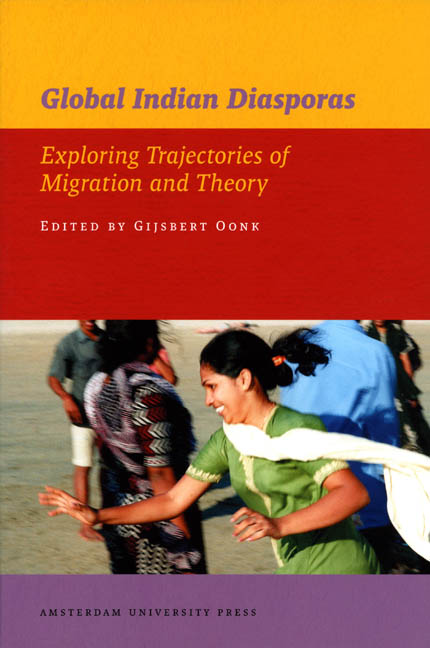9 - Bollywood and the Indian Diaspora: Reception of Indian Cinema among Hindustani Youth in the Netherlands
Published online by Cambridge University Press: 23 January 2021
Summary
Bollywood and the Indian Diaspora
Reception of Indian cinema among Hindustani youth in the Netherlands
… deterritorialization creates new markets for film companies, art impresarios and travel agencies, who thrive on the need of the deterritorialized population for contact with its homeland (Appadurai 1990: 11).
… transnational bonds no longer have to be cemented by migration or by exclusive territorial claims. In the age of cyberspace, a diaspora can, to some degree, be held together or re-created through the mind, through cultural artefacts and through a shared imagination (Cohen 1996: 516).
When media are discussed in the diaspora literature, usually the assumption is that transnational media reconnect diasporic communities to their home countries. Media feed the homesickness of first generation migrants (Karim 2003), who use movies and television serials to educate their children about their country of origin (Gillespie 1995: 78- 95). Media invite viewers to identify transnationally (Mishra 2002: 250- 269), make migrants reconsider the boundaries of community (Morley 2000: 100-101) and may even guide them into long-distance politics (Anderson 1998, Allessandrini 2001).
The assumed link between media from the home country and viewers’ identification with that home country is problematic and must not be taken for granted. Indian diasporic communities in the Netherlands have watched Indian films from Bombay since 1958, and have been the initiators of a blossoming ‘Bollywood scene’ in The Hague. This article describes how Hindustani youngsters appropriate Indian cinema in this specific context. Transnational meanings can be found if one is determined to look for them, but these are not at all the most important aspects of Hindi cinema to the youngsters themselves. Their love for Indian movies is completely detached from the actual locations and people within India. The account that follows is based on four months of fulltime fieldwork in The Hague by one of the authors.
Bollywood
The Indian film industry has always targeted audiences around the globe. Hindi films from Bombay (often referred to as ‘Bollywood’ films) have been popular in Afghanistan, Iran, the Middle East and Sri Lanka ever since the 1940s. Overseas Indians and their offspring in the Caribbean and in Malaysia, for example, have always been an important target audience.
- Type
- Chapter
- Information
- Global Indian DiasporasExploring Trajectories of Migration and Theory, pp. 211 - 234Publisher: Amsterdam University PressPrint publication year: 2007
- 4
- Cited by



